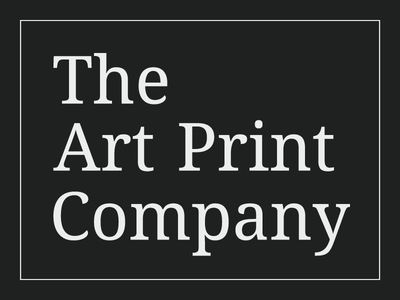The Park by Gustav Klimt - Wall Art Rolled Canvas Print
ROLLED CANVAS PRINT
Printed using only high quality inks on gallery grade 280 GSM fine art canvas with a smooth matte finish to ensure a sharp vibrant image. Includes an additional 1.5 inch white border to assist with mounting or framing. Please add a note when ordering if you do not require a border.Orders dispatched the next working day. Estimated UK delivery 1-2 days, international 8-10 working days or less.
 
The Park by Gustav Klimt
The Park by Gustav Klimt is a visually rich and immersive painting, created in the early 20th century during Klimt's later artistic phase. The piece offers a profound glimpse into the artist’s shift from the highly decorative, symbolic style he is renowned for to a more introspective and naturalistic approach, characteristic of his later landscapes. This oil painting presents a dense, near-abstract depiction of a wooded park, believed to be inspired by the Attersee Lake region in Austria, where Klimt spent his summers.
In The Park, the viewer is enveloped by a wall of greenery. The composition is filled with thickly textured foliage that nearly obliterates the horizon and sky, creating an overwhelming sense of immersion. The leaves, rendered in myriad tones of green with hints of gold and yellow, appear to merge into a near-mosaic effect, evoking Klimt’s earlier experiments with decorative surfaces. However, unlike his portraits, here the ornamental elements serve a more naturalistic representation of nature's complexity.
At the lower portion of the painting, hints of tree trunks ground the viewer, providing subtle structure amid the densely packed foliage. Klimt uses small, pointillist-like brushstrokes to depict the rich textures of leaves and branches, giving the painting an almost vibrating energy. Despite the realism in parts, the abstract nature of the foliage creates an ethereal, dreamlike atmosphere, inviting contemplation.
This work reflects Klimt's fascination with nature, particularly its mysterious and all-encompassing presence. The lack of human figures, common in his earlier works, further emphasizes a quiet, meditative experience, where nature itself becomes the focal point. The painting’s flattened perspective and the focus on surface detail rather than depth can also be seen as a precursor to modern abstract art, placing Klimt at a critical juncture between naturalism and abstraction.




